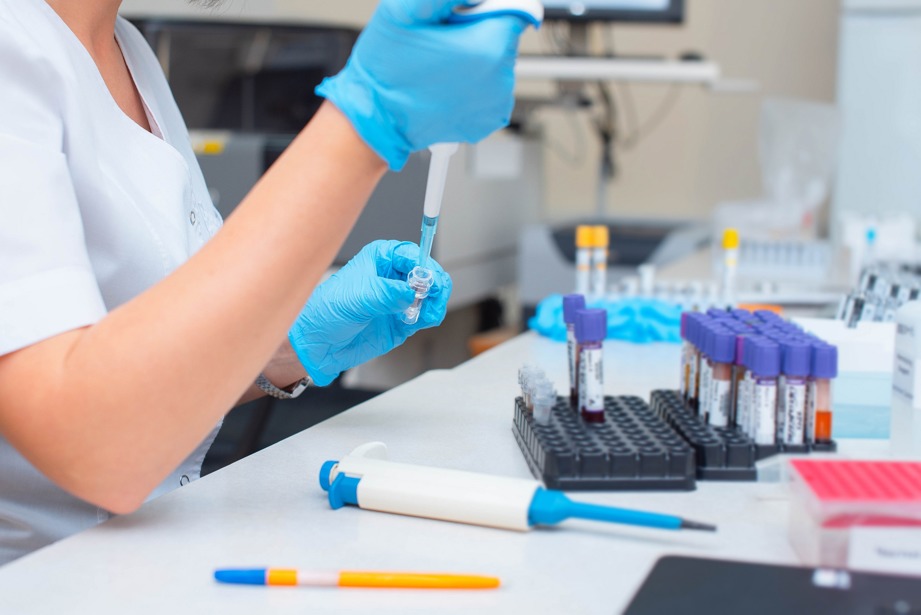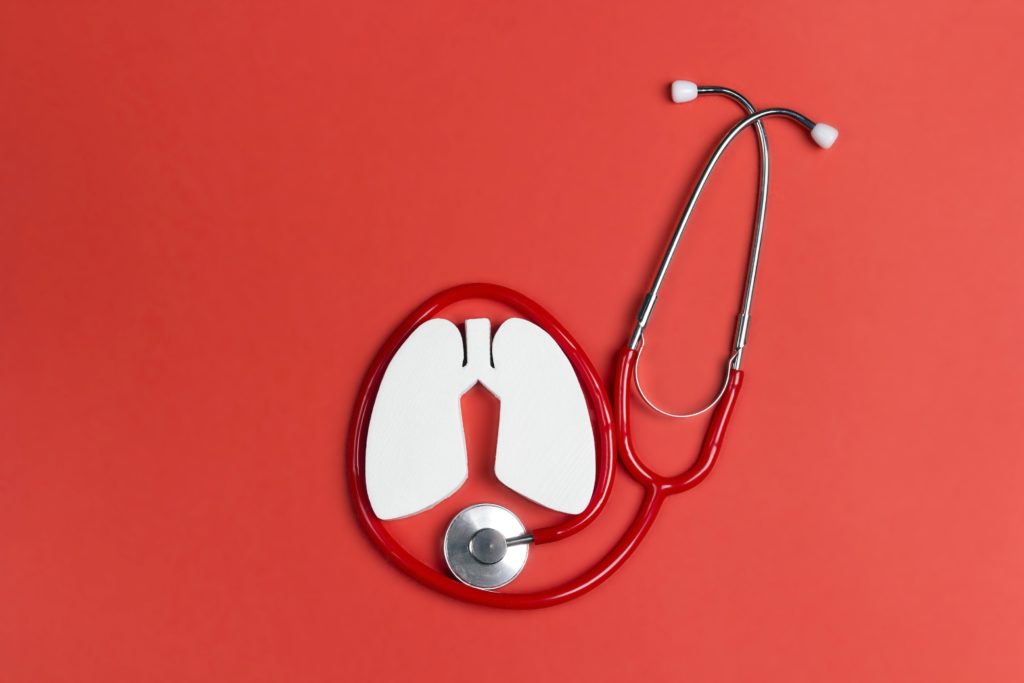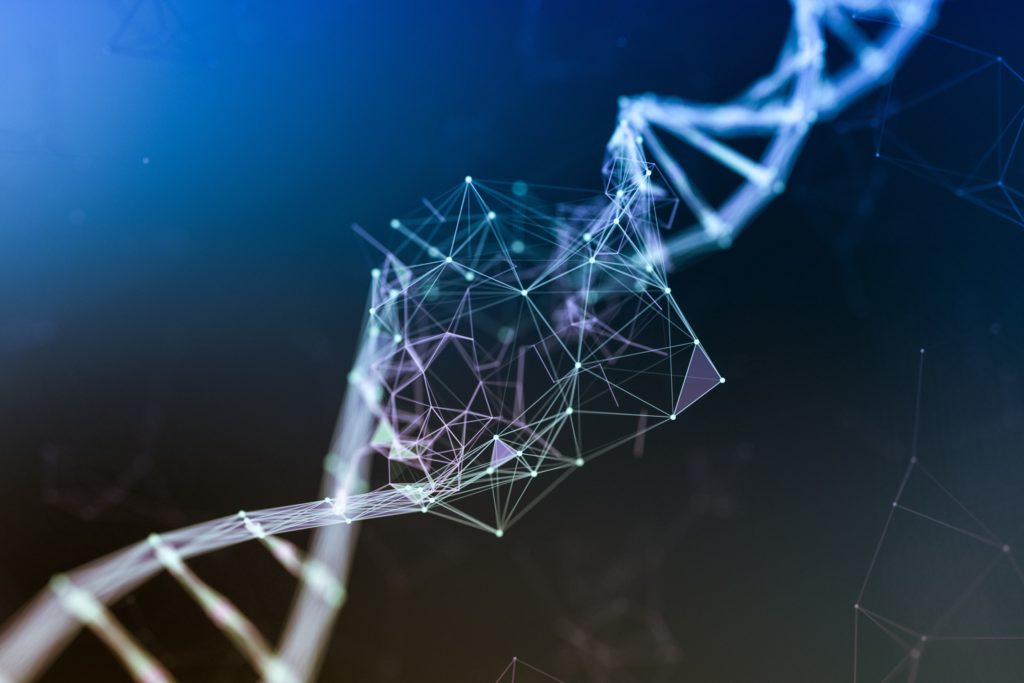The results of the Human Genome Project were published in 2003: it took more than 10 years to sequence the human genome for the first time. Today, 19 years later, thanks to the amazing developments in Next Generation Sequencing (NGS), it is possible to sequence the whole human DNA in just one day. NGS is defined as a massive parallel sequencing technology that is used to determine the order of nucleotides. As its use is becoming more and more common even outside clinical research, it is worth exploring in more depth the current developments of this technology, the possible future scenarios and two fields in which it seems to be very promising: oncology and food.
Next Generation Sequencing : current context and applications in the medical field
Although technological advances have been remarkable in this field, according to experts there is still much that could be done and improved, especially to ensure that Next Generation Sequencing will be widely used routinely one day.
Indeed, the main application of NGS is currently in the medical field, especially in research. NGS allows to compare the sequence of nucleotides of the sample under examination with the sequence of a standard reference sample, in order to understand if there have been mutations and which are these.
The barrier that has always stood between this powerful technology and its routine use is the cost per analysis. Fortunately, with the advancement of the technology and its increasing adoption, the costs are reducing more and more: while sequencing human genome the first time costed 3 billion dollars, doing it today costs only a few thousand dollars. This makes NGS more and more accessible and therefore increasingly attractive for diagnostic use and not only for research use.
Moreover, it is interesting to underline the results of a cost analysis on the diagnostic use of NGS that was conducted at the Nicklaus Children Hospital, a center for children with rare diseases: while children who did not undergo gene sequencing had a cost of care of approximately $111,000 before receiving a diagnosis, those that had a full genome sequencing had a cost of care of only $11,000 (90% less).
Therefore, the high cost of the NGS analysis is greatly compensated by a huge saving on the therapy and cares before receiving the final diagnosis. It is also interesting to note that patients who underwent genome sequencing received the diagnosis in 14 days on average, while those who did not undergo the same test received it in just over 5 months.
Next Generation Sequencing appears therefore as a very interesting technology that could have a considerable importance in the near future. But let’s see what are two of the possible fields of application of this technology according to experts: oncology and food.
Next Generation Sequencing in oncology
NGS has been of great interest in the field of oncology since the early days of this technology and to date it’s in this field that it can see its main applications. While up to some years ago the NGS was mainly used in oncology research, now it is becoming widely used also in diagnostics and more and more laboratories own it.
Up to some time ago, the main problem with NGS when used in a diagnostics setting was that it analyzed all the cells constituting the sample, not only cancer cell, but also healthy cells for example, thus generating a multitude of signals that was not easy to interpret for scientists and clinicians and often key information were lost among others.
This issue can now be overcome thanks to a relevant advancement: the Single Cell Technology. This technology allows to analyze the genetic signals only from the cells of interest within the sample, thus providing much more precise insights.
In such an intricated framework, an essential help comes from the use of artificial intelligence to analyze the huge amount of data that NGS can gather. AI can also be used to determine which is the most appropriate therapy for each oncology patient, thus contributing to the development of personalized medicine.
Learn more about our experience in Artificial Intelligence in Healthcare >
Next Generation Sequencing in the food industry
NGS to identify ingredients
Although NGS is traditionally associated with applications in the medical field, there are actually other sectors that could definitely benefit from its implementation. One of these is the food industry.
in the food sector undermine consumer confidence and can also be a problem for consumer safety. One of the most common food frauds is the substitution of an ingredient with a cheaper one.
Currently, labs identify these substitutions via chromatography, spectroscopy or PCR, but all these methods have at least two limits:
- One is the lack of accuracy and sensitivity,
- The other one is the fact that they target one specific DNA sequence at the time and it is therefore extremely complicated to identify all the ingredients in complex matrices.
Next Generation Sequencing on the other hand, can sequence simultaneously all the DNA sequences that are present in the sample: it could indeed identify all the ingredients and verify their authenticity in a very short time. For these reasons, experts expect a strong increase in its adoption in this field in the near future.
Other possible applications of NGS in the food industry
- Identification of the presence of GMO ingredients in food,
- Identification of the microbial community present in food.
At the moment, while in the USA the FDA is more and more endorsing the use of NGS in the food industry, in Europe and APAC the increase in the adoption is mainly driven by the companies themselves.
Next Generation Sequencing is a promising technology which is still in its developing phase. The potential applications are numerous and although it is currently used mainly in clinical research, it is possible to notice an increasing use in the diagnostic field, especially in oncology. Aside from medicine, according to the experts, another field that could benefit from the incredible performances of this technology is food safety to detect food frauds. Alcimed believes that there is an exciting future ahead NGS and that we are only at the dawn of this technology.
If your company is active in this field, exploring possible new applications of NGS could be a great opportunity and Alcimed is here to support you!
About the authors,
Margherita, Healthcare Consultant and Quentin, Project Manager in Alcimed’s Healthcare team in Swizterland



